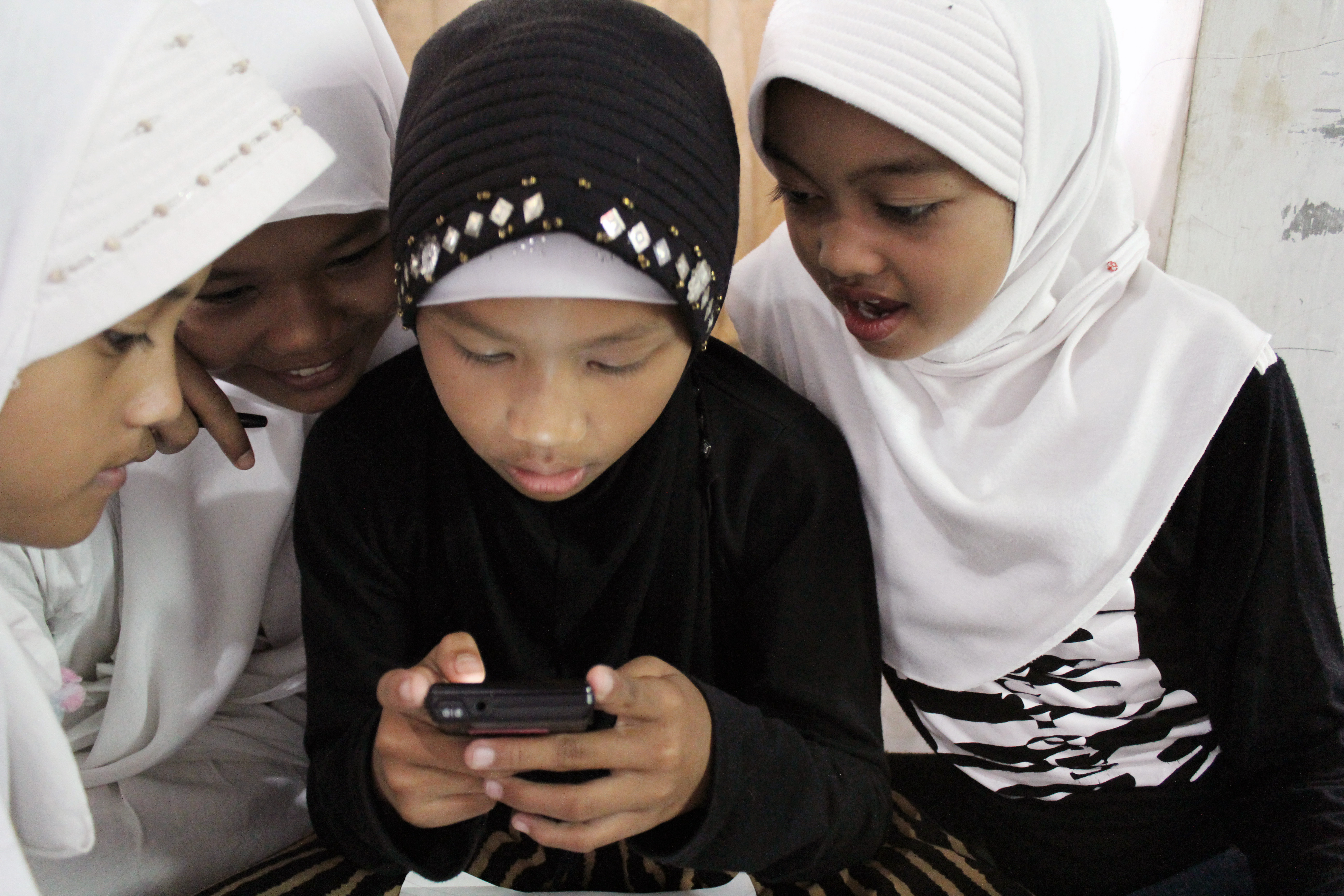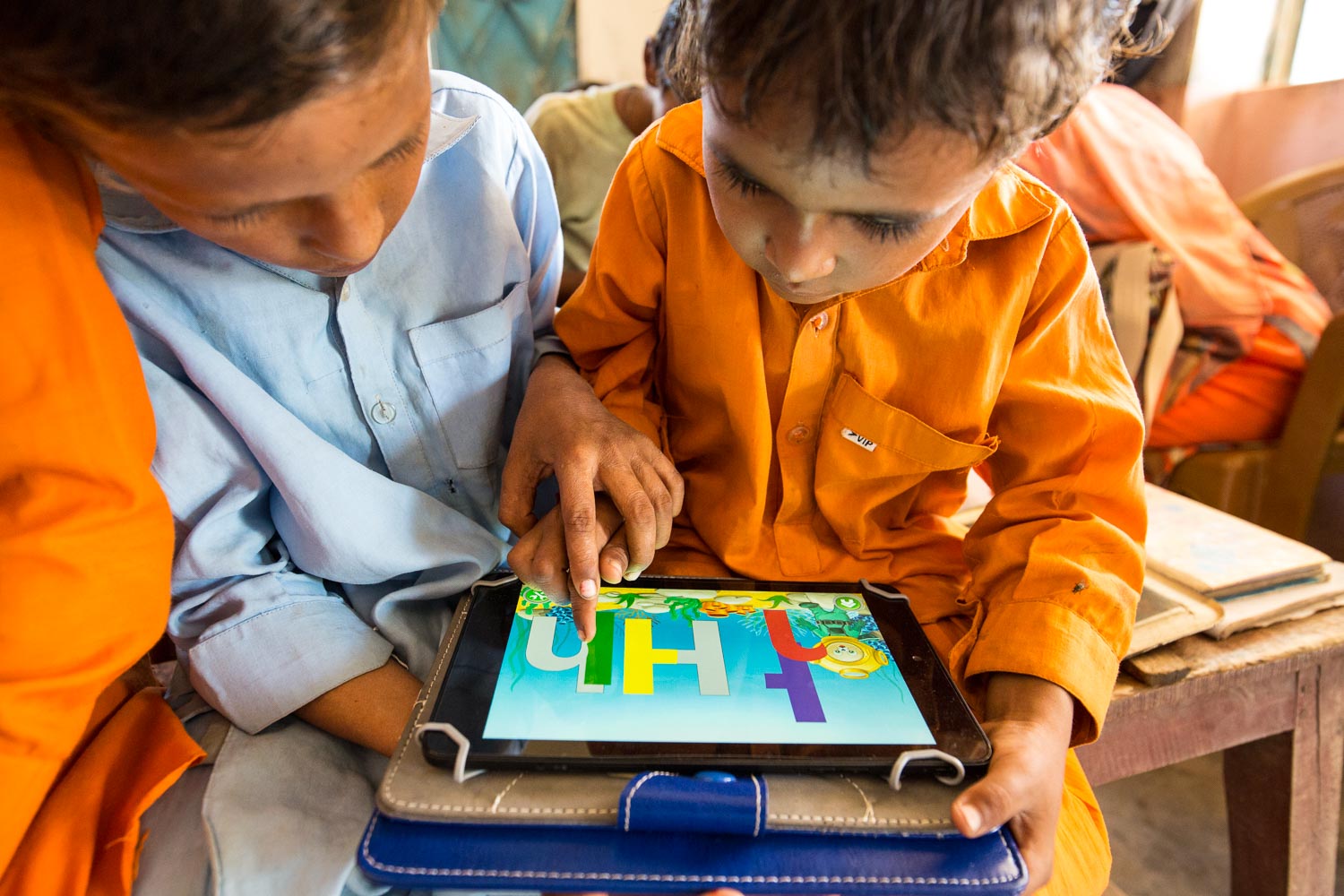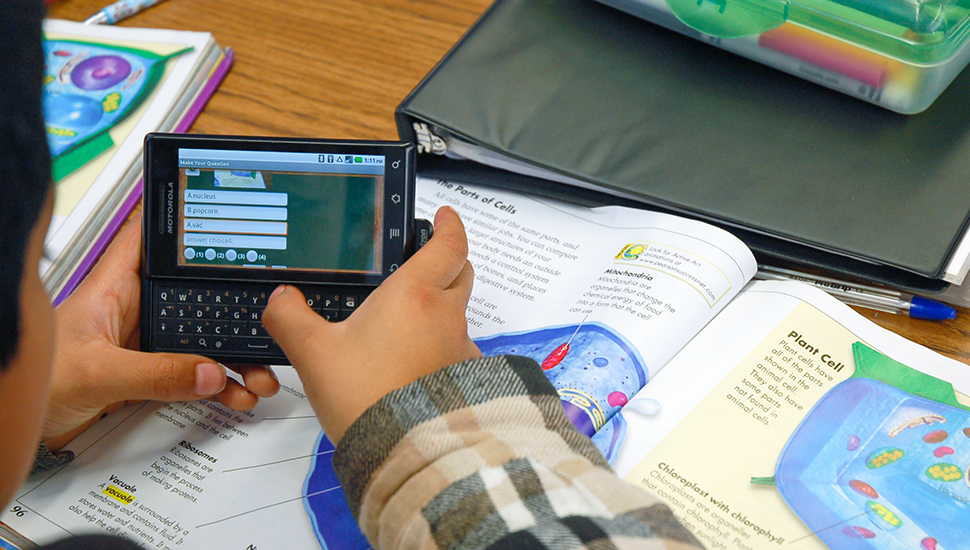
Stanford Mobile Inquiry-based Learning Environment (SMILE) is a mobile learning management system designed to help students study school subject matter, develop higher order learning skills and generate transparent real-time learning analytics.
SCOPE
Seeds of Empowerment (Seeds), is a global non-profit 501(c)(3) organization founded in 2009 by Dr. Paul Kim. The NGO helped develop SMILE and also pilot studies around the world using the software since 2009. A major contribution to the initial technical design of SMILE was originated from a research study led by Dr. Paul Kim along with his research assistants at Stanford University. This research was part of multiple projects affiliated with Stanford's major interdisciplinary research program named Programmable Open Mobile Internet backed by National Science Foundation. The latest developments on SMILE have been made by Dr. Paul Kim’s team at Stanford GSE-IT.

The software allows students to generate, share, and evaluate multimedia-rich questions. The data management software gathers these responses and the time students take to respond, and saves them for teachers to analyze.
The software is available on the cloud at https://smile.stanford.edu, where students can register, join a group, and create questions, and teachers can enter questions to test information. In addition, the server software is also available offline, loaded entirely onto a single Raspberry Pi device called the SMILE Pi or SMILE Plug.
Tools Used
Javascript
Node
Redis
NoSQL
Websockets
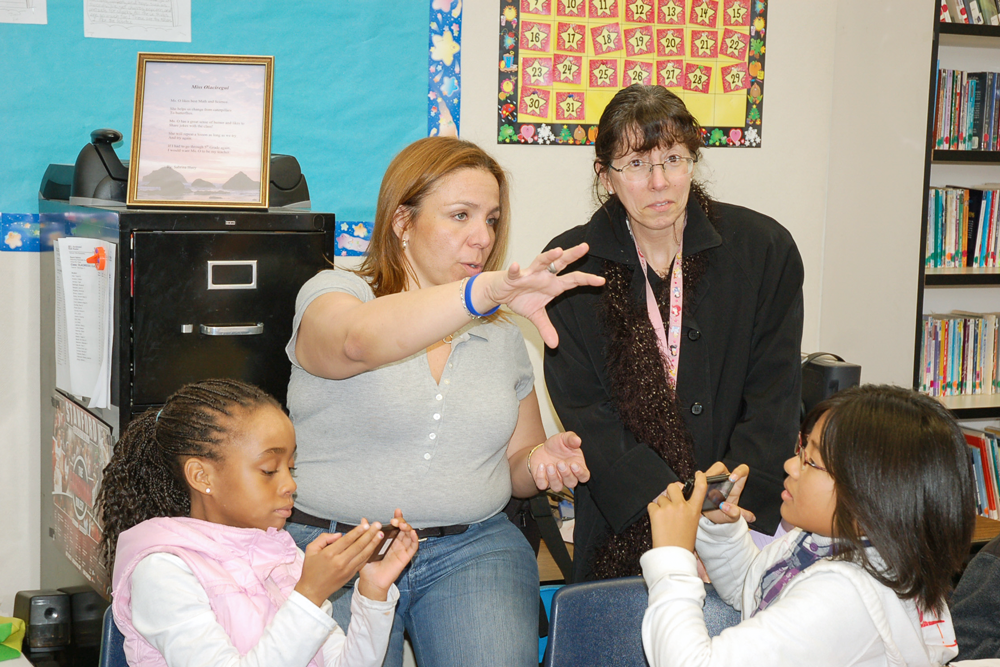
Benefits for Teachers
SMILE helps teachers facilitate discussions of critical issues in the classroom and assess student learning
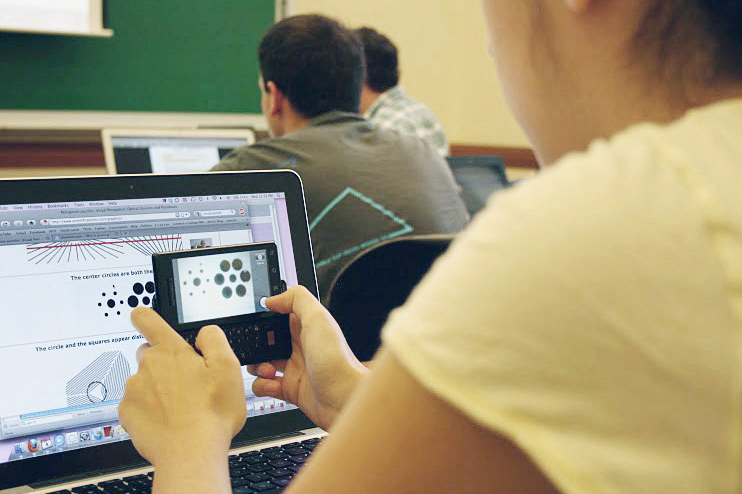
Mobile and Cloud
Both SMILE Pi and SMILE Global are available for students from various regions to access SMILE.
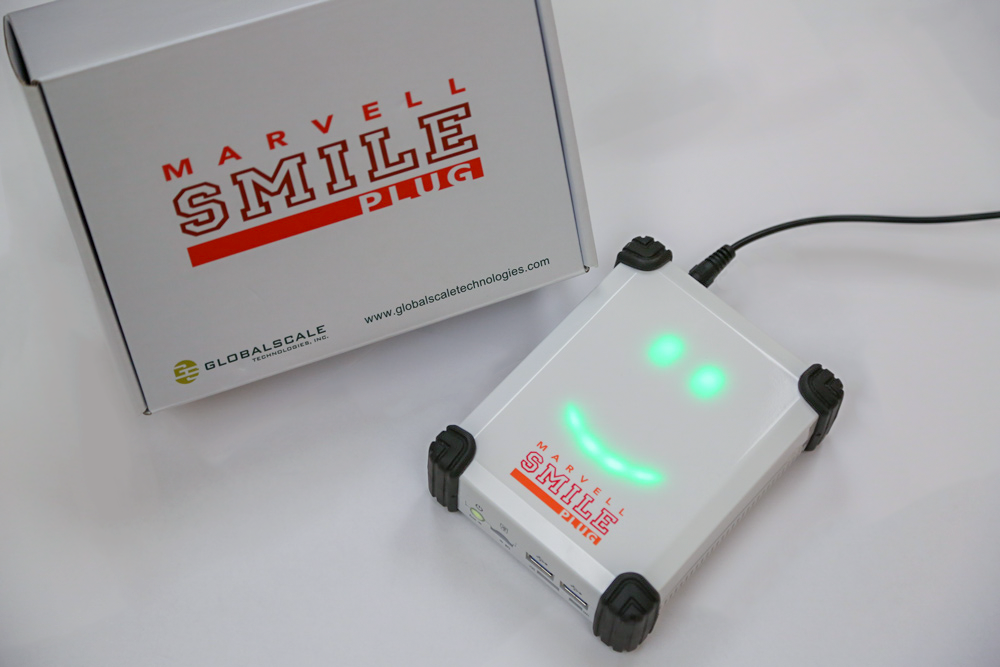
Natural language processing
SMILE Global will interface with an algorithm to automatically categorize questions according to a question quality rubric.
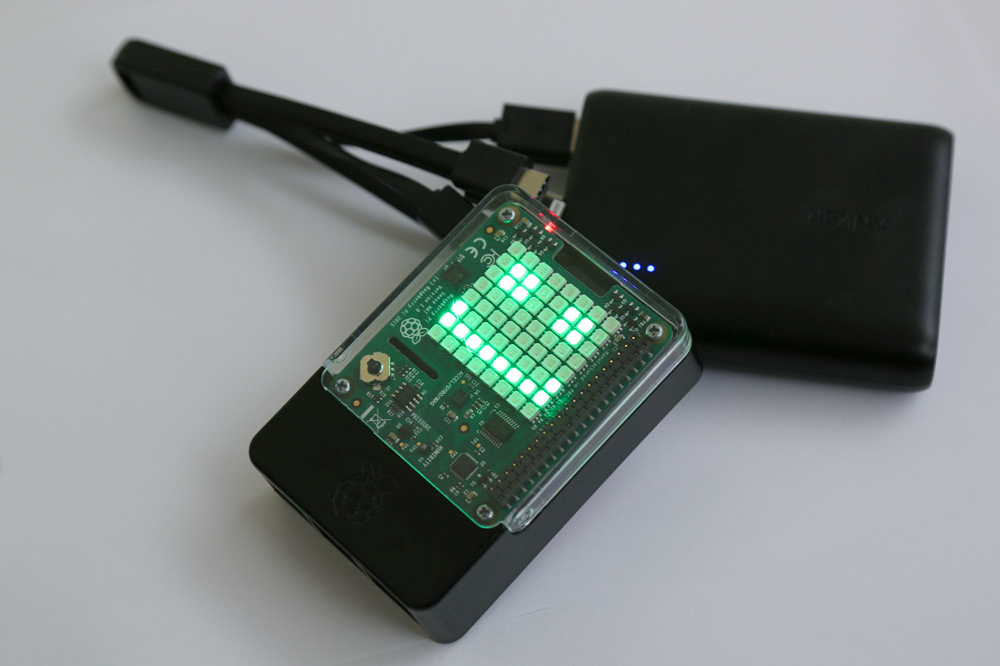
SMILE Pi
The SMILE Pi device contains the SMILE server software along with many open education resources such as KIWIX, Khan Academy, Wikipedia, and CK-12 Sample question: Students discuss, evaluate, comment, and rank multiple-choice questions generated by other students.
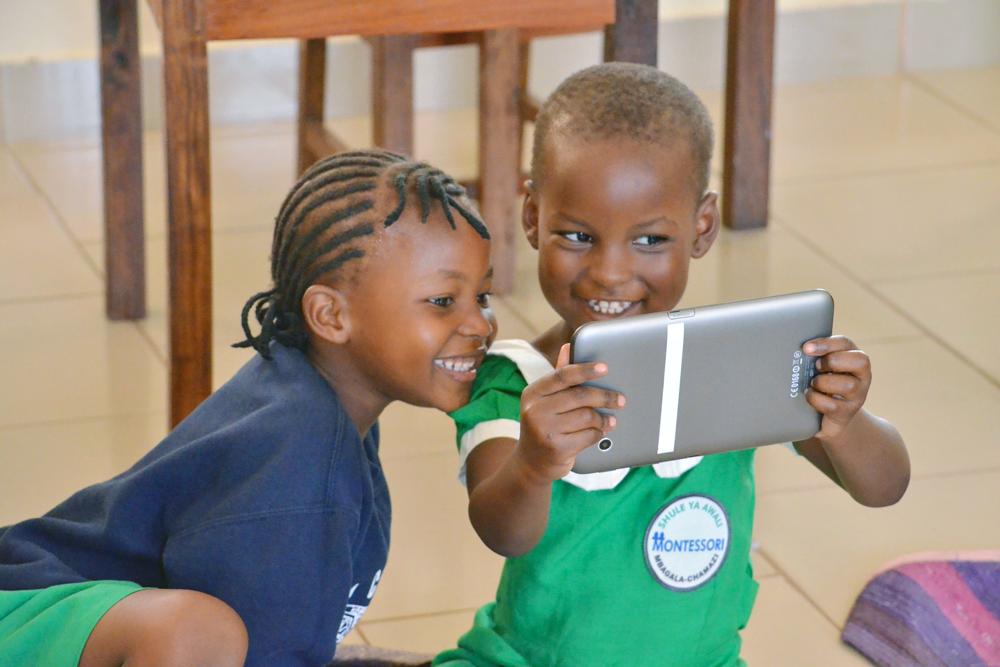
Geography
SMILE has reached over 25 countries in regions including North America, South America, Africa, and southeast Asia.
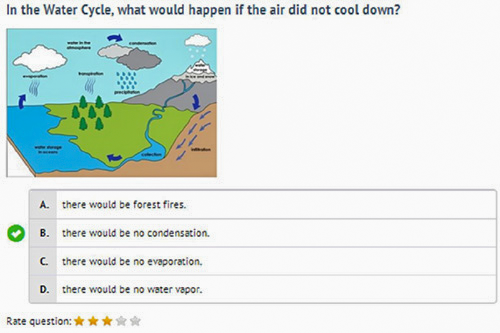
Sample question
Students discuss, evaluate, comment, and rank multiple-choice questions generated by other students.
Studies suggest that SMILE could be implemented relatively easily in a wide range of classroom settings; it was adopted by students relatively quickly; and it increased the use of inquiry-based pedagogies.
As students evaluated each other’s questions and understood which ones got higher ratings, they developed questions that were more conceptually difficult and of higher quality. Teachers need an initial training period and some follow-up mentoring so they can facilitate questions. Tailoring the content of the trainings to the local environment is crucial. Without putting the benefits of SMILE into the local context, teachers and students will find no compelling reason to adopt the pedagogy.

